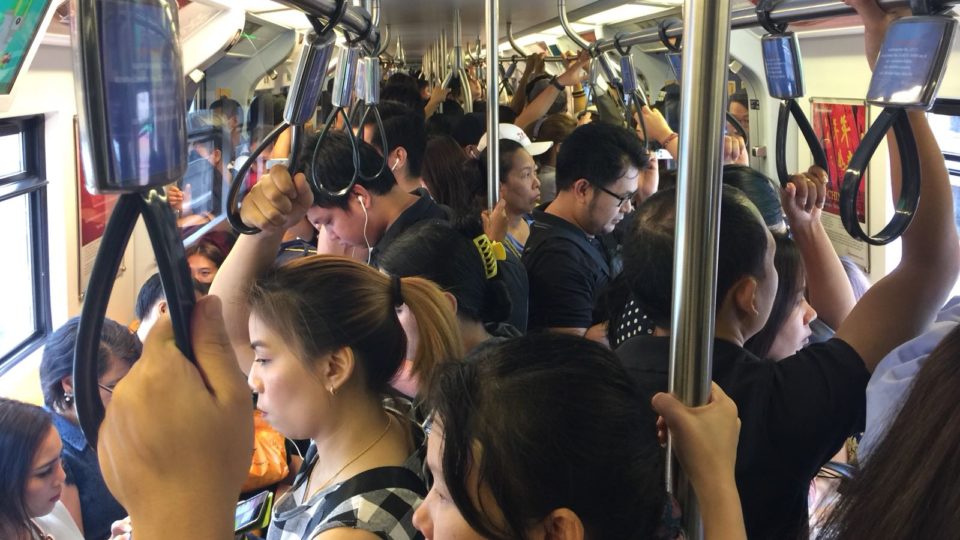When the BTS opened in 1999, the elevated train network, modeled after Vancouver’s SkyTrain, was supposed to free Bangkokians from endless hours sitting in traffic — a reliable form of transportation to move you from the suburbs to Sukhumvit. But constant breakdowns have had the opposite effect of late, forcing commuters back onto our already overcrowded roads.
In case you’re out of town on holiday or maybe reading from Phuket — a signaling system malfunction on Monday managed to create severe delays across the entire network during rush hour. Stations were so overcrowded that passengers were queueing up on the roadside just to get to the platforms. Worse, commuters were kept in the dark regarding the status of delayed trains, as the system simply kept repeating: “We apologize for the inconvenience.”
Two days have passed, and the BTS is still broken. Morning and evening, people keep coming back to the skytrain, hoping the service will have been fixed by the time they need to head home. The other option is standing on a crowded bus for hours, or worse, wasting — for some — a quarter of their daily income on cabs and moto-taxis.
With constantly increasing fares, commercials playing for a captive audience, and the emergence of new businesses — everything from nail salons to co-working spaces — at the stations, the Bangkok Mass Transit System should have an abundant budget to improve the train service. Right?
Yet 19 years have passed and there have been few, if any, major changes to benefit the train’s riders.
Simply put, we deserve better. It shouldn’t take this much effort and energy to catch a train to work.
In case the operator needs some ideas, here are just a few things we think the BTS could have developed in its nearly two decades of existence.
1. An app to track train status
Let’s start with the basic — a bilingual app to track the real-time status of the trains. We shouldn’t have to check Twitter like a lunatic and rely on fellow commuters to post about the train’s status when there are delays. Foreigners shouldn’t have to look in the crowd for an English-speaking local to help them understand what’s going on, because announcements are only made in Thai.
2. Mangmoom Card
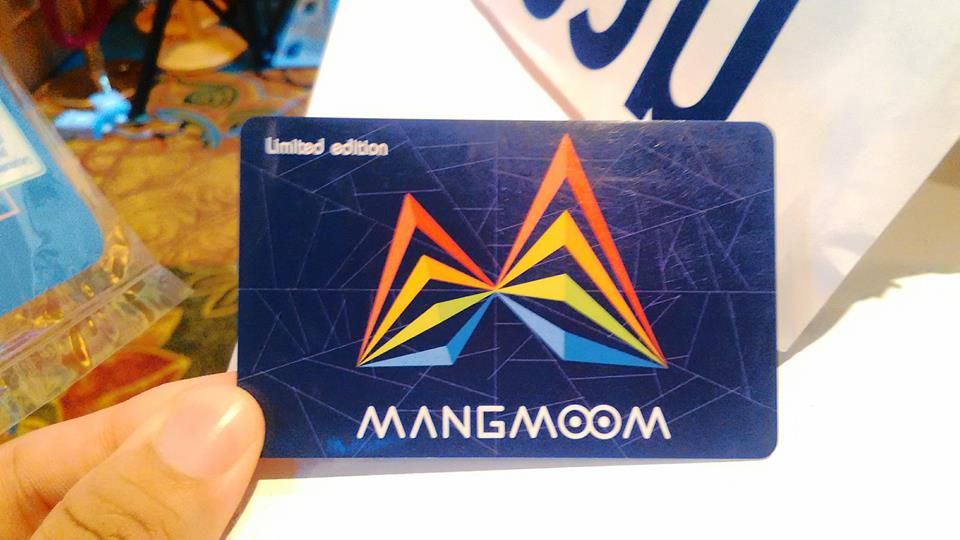
The Mangmoom Card (aka the Spider Card) was designed to be a common ticket for all public transportation in Bangkok, but so far, the card has failed to deliver on that promise — big time.
Mangmoom was finally launched last week — nearly two years behind schedule — yet it only works with the MRT and nothing else. While the Airport Rail Link has pledged to accept Mangmoom later this year, we’ve heard nothing but crickets from the BTS.
3. A website to top up the Rabbit Card
Given that our hopes have been dashed by the Mangmoom Card, the least the BTS could do is to improve their existing Rabbit Card.
What if we could simply log in and top up our Rabbit card online? That feels a long way off given that the BTS doesn’t even currently accept credit cards for all payments — only those that exceed THB300 (about US$9).
4. Ticket booths that actually sell tickets
After 19 years, ticket machines that accept bank notes and credit cards are still clearly a fantastical dream, but how convenient it would be if we didn’t have to queue up at a ticket booth to exchange our notes for coins — only to get straight back into another line at the ticket machine?
Here’s a crazy thought. What if the ticket booths just sold tickets? It’s not rocket science.
5. Electronic screens (visible ones) clearly showing the next stop
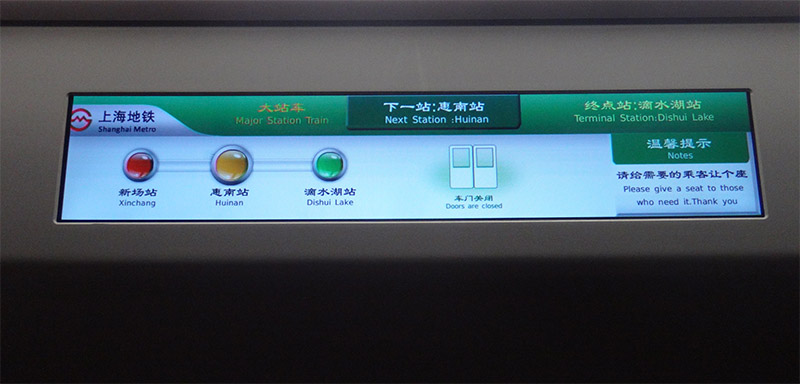
The electronic screens that we currently have are located in the middle of the car, which means when it’s crowded, you literally cannot see the next stop. The only way to figure out where you are is to listen carefully to announcements in what’s often a noisy car.
We know, that’s not a problem for locals and long-term expats who can navigate the BTS in their sleep, but the tourists — all 35 million that we welcomed last year — can’t always understand the pronunciation of stops. In desperation, they often end up blocking the doors to check if it’s where they’re supposed to get off, delaying the trains and annoying the heck out of the rest of us.
6. Express trains and night trains
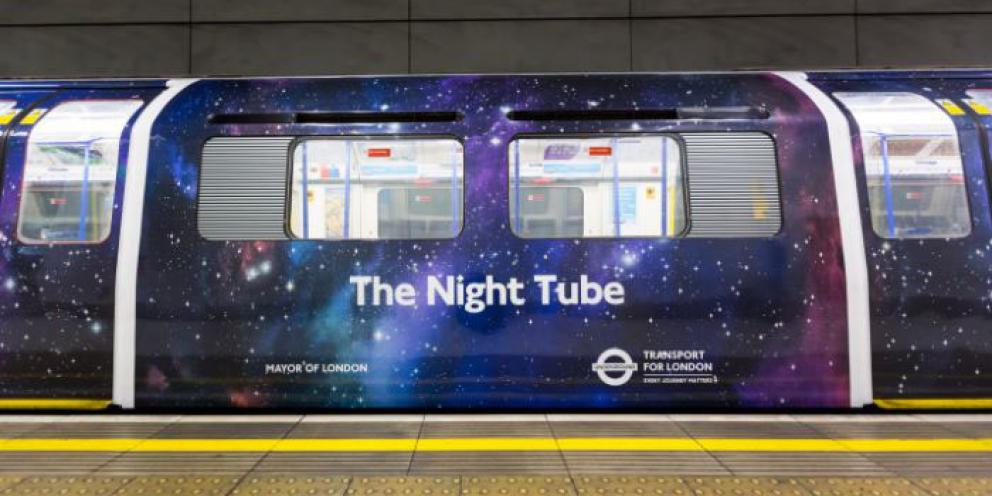
We’re gonna give you two ideas for the price of one here. To our crazy way of thinking, a dream BTS ride is one that takes the least time possible. So why not have express trains that stop at only major stations such as Mo Chit, Siam, Paya Thai and Asoke?
And while we’re at it, what’s with the BTS only operating until midnight? That’s way too early for a city that never sleeps.
7. Elevators
Currently, not all BTS stations are wheelchair accessible, and even though many stations have elevators designated for the disabled, they can’t be opened without permission from security guards.
How about elevators for all? That includes the elderly and people with luggage and strollers.
8. Larger signs to command people to stand on one side of an escalator
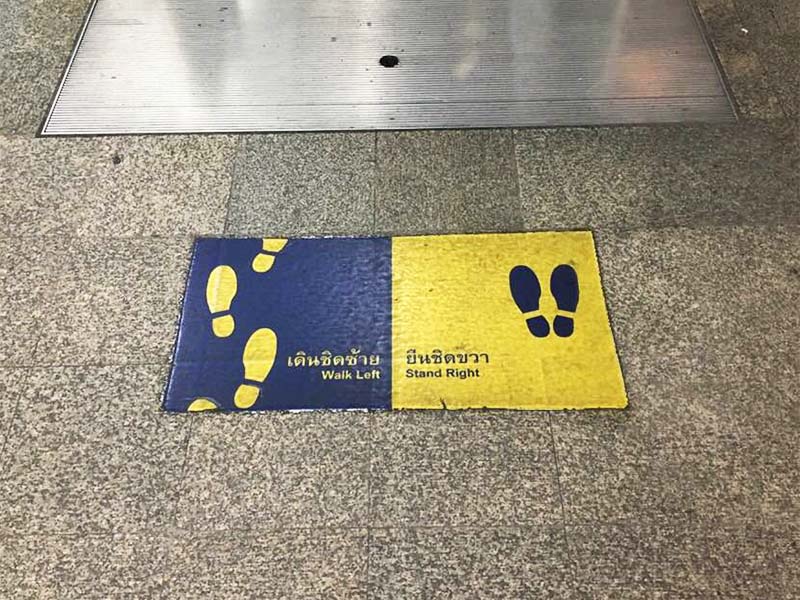
Standing on one side of an escalator while leaving the other side for those walking is not a common practice in Thailand, but train stations are the exception to the rules.
The problem is that many people aren’t aware of the rule (or at least pretend they aren’t), despite the small sign on the bottom of an escalator that says so. The right side is for standing, by the way. Now please get out of our way.
9. More. Trains. Period.

We shouldn’t have to wait for three jam-packed trains just to find one we can squeeze into. Period.
